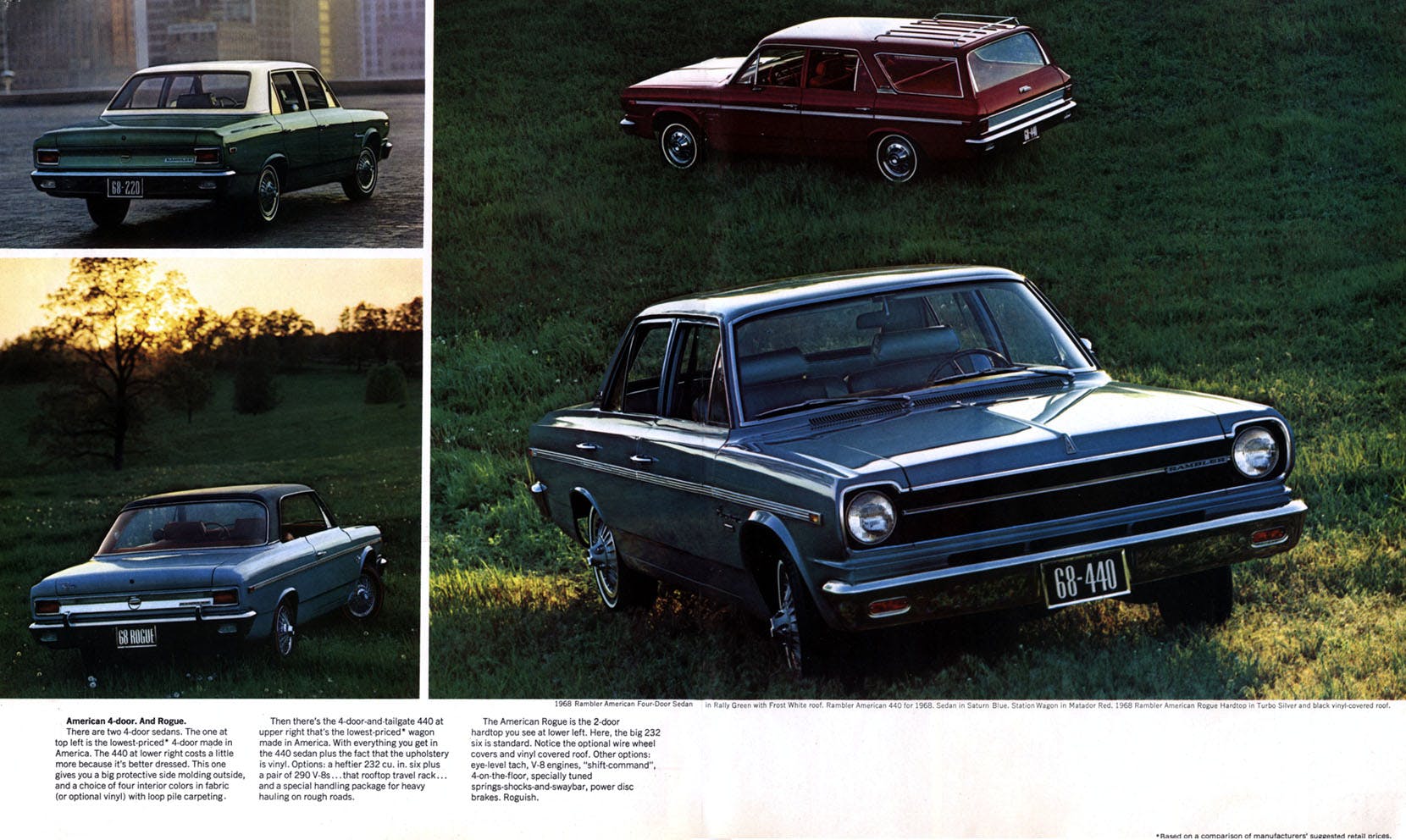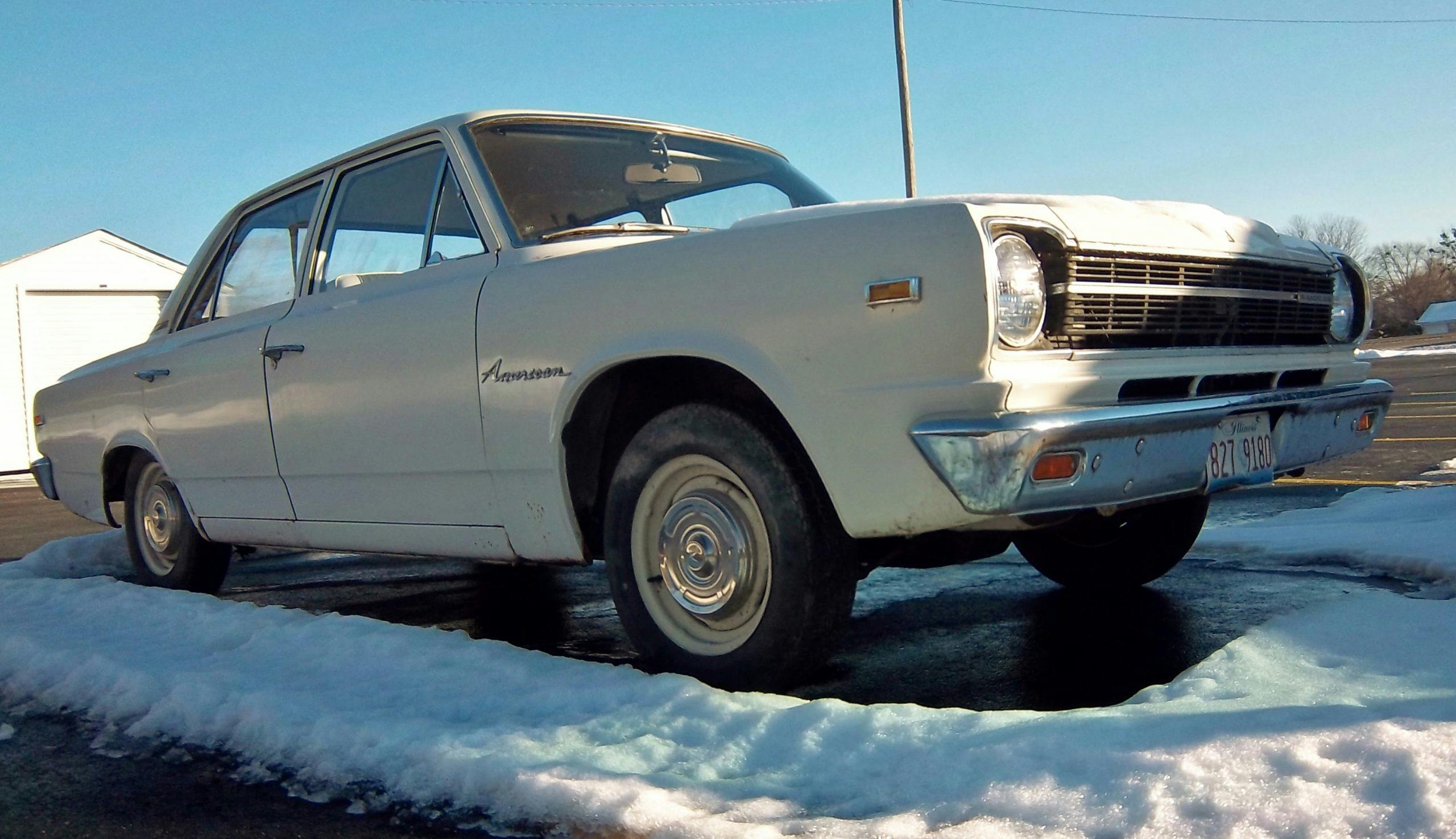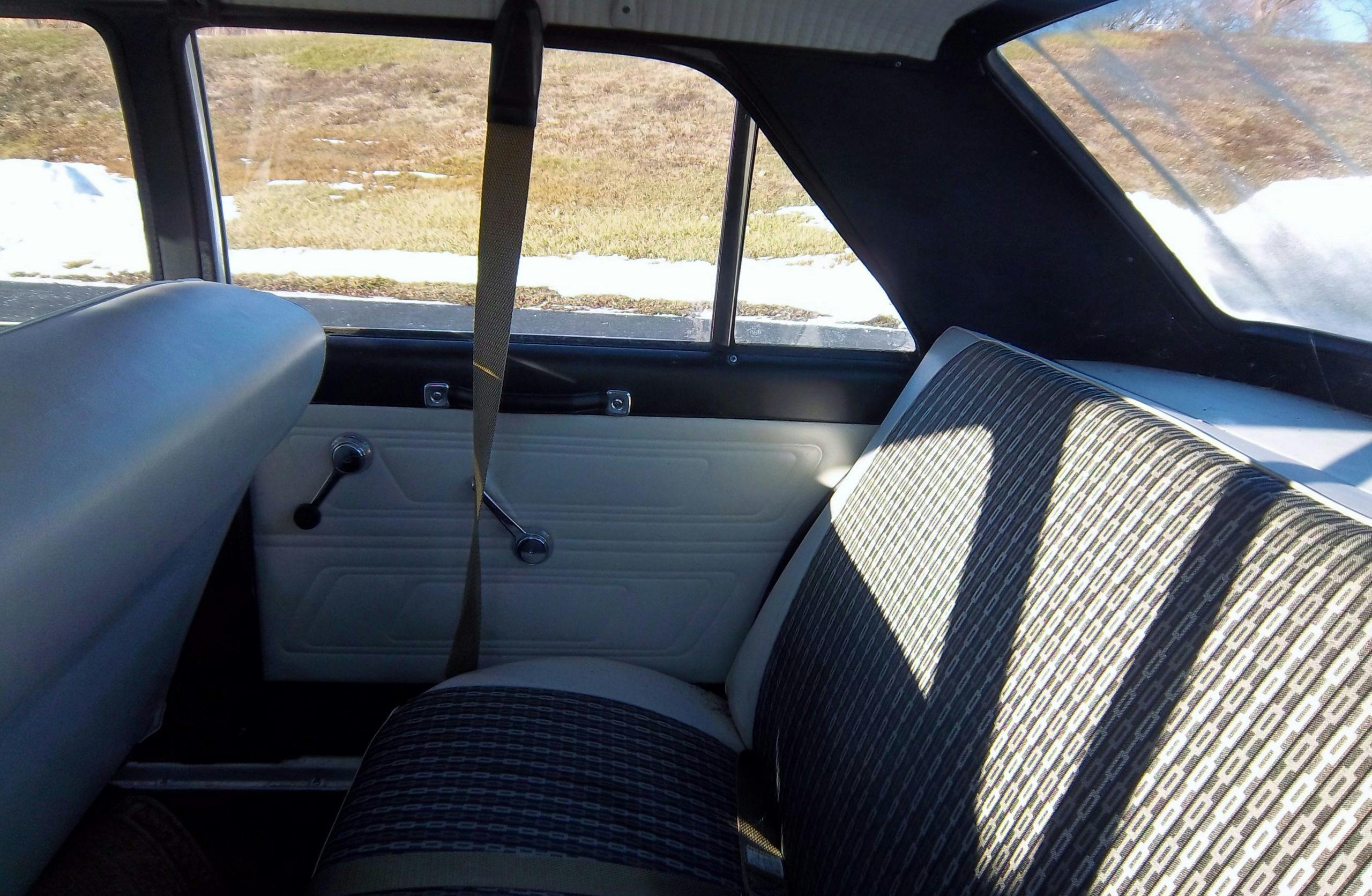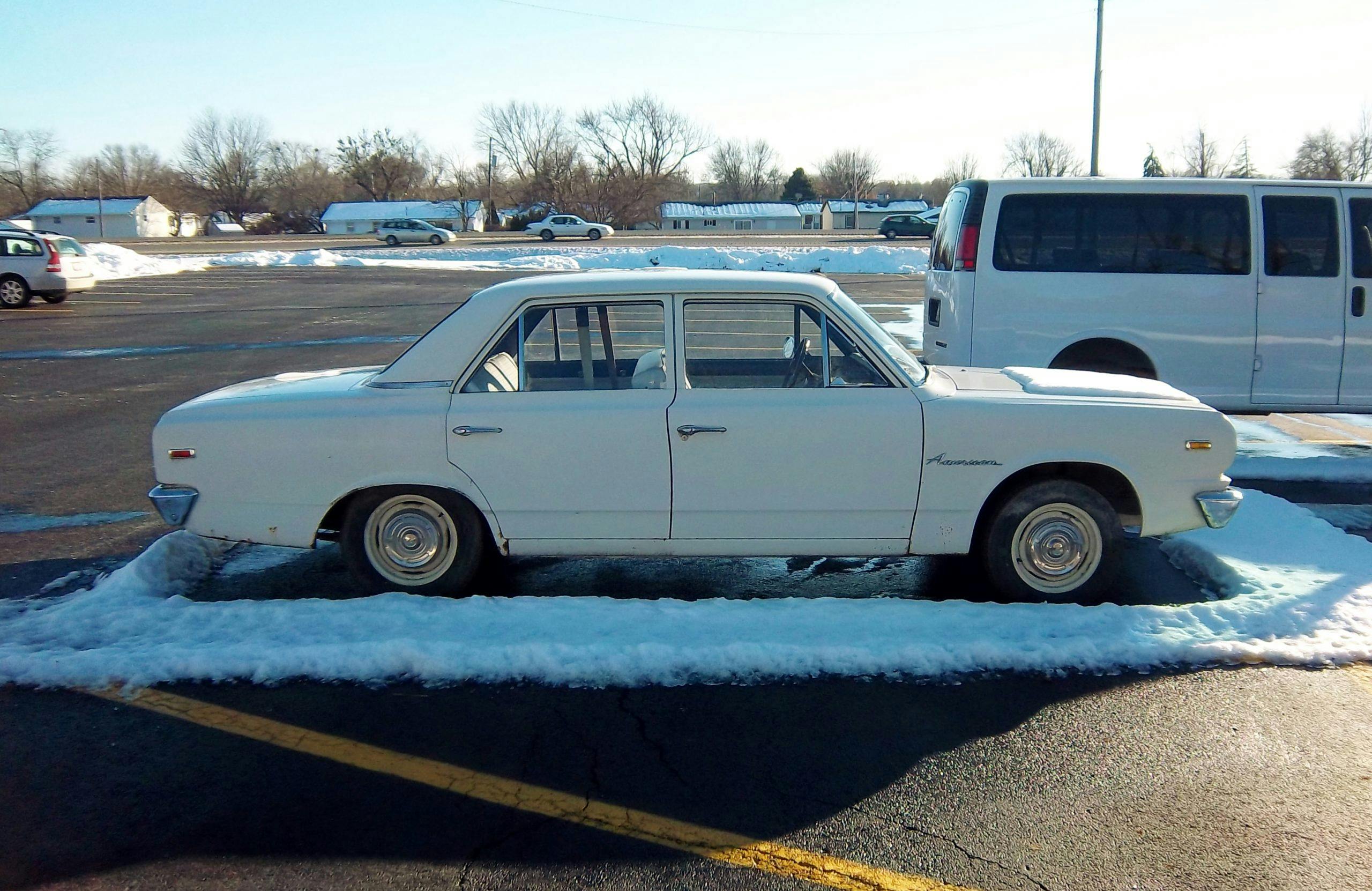1968 Rambler American 220: Plain White Wrapper

Certain makes and models take a lot of flak from armchair enthusiasts, especially when they are perceived to be plain or boring. Corolla, Camry, Accord, Malibu—and more recently, Equinox, Explorer, and Pilot. But let’s face it, most folks don’t give a flip about their marque’s heritage, prowess in racing or “cool” appearance. Heck, most people aren’t enthusiasts. All they want is a comfy seat to haul them and their family to work, to school, on vacations and to the grocery store. To start, go and stop when it is supposed to. And in 1968, here was one option in basic transportation: the 1968 Rambler American.

It is basic—and I do mean basic—particularly in this entry-level 220 trim. When I was approaching driving age in the late 1990s, though I was pretty sure I’d be getting a Volvo, my first car ideally had to have power windows, power brakes, power steering, air conditioning, and an automatic transmission. In 2022, just try to find a new automobile that doesn’t have all that stuff-and more.

The 220 was available only as a two or four-door sedan, listed at $1946 and $2024, respectively. For comparison’s sake, the top-of-the-line Rogue two-door hardtop (comparable to the 440, but not marketed as such) had a base price of $2244.

The American 440 series was the top trim level for four-doors and offered the sole station wagon. I particularly like the wagon, which was almost like an American Volvo 145. Interiors were much nicer than the rather stark accommodations in our featured car today.

An American 440 four-door was much more livable for the extra $140 above the 220 sedan, with exterior chrome trim, full wheel covers, carpeting and plusher upholstery and door panels. While the body dated to 1964, the 440/Rogue was quite an attractive compact. But for those fine folks looking for basic transportation and nothing more …

… there was this! The American 220 four-door sedan included as standard equipment four wheels and tires, two bench seats, a steering wheel, and an engine. I kid.

Seriously, standard equipment list featured a Weather-Eye heater, front armrests, front seat foam cushions (presumably the rear seat used springs and/or horsehair) and a dome light. That’s all. Of course, many options could be added on, but that would defeat the whole point of purchasing a 220 vis-à-vis a 440 or Rogue.

No touch screens, no power windows/locks, no cruise control, heated steering wheel, or back-up camera. You have a seat and steering wheel and pedals. Oh, and doors and glass to keep rain, snow, and slush off of you. Although this car’s original owner did apparently check the box for the automatic transmission, no radio was installed.

The 1968 Americans were introduced along with all the other AMC cars on September 27, 1967. While the original 1964 version had tunneled front fenders and headlights—a styling cue later reused on the 1974–78 Matador coupe—a facelift in 1966 squared up the front clip and hood and would carry on to 1969 with only slight exterior changes.

1968 Americans received a new grille, relocated “American” nameplates and other minor trim changes. And like all other domestics, they received the newly-mandated side marker lights on the front and rear fenders.

The 220 most appealed to folks wanting simple transportation with no frills. The American may have been slightly dated compared to, say, a Valiant (redesigned for ’67) or Nova (brand-new in ’68), but it was reliable with its big Six and had no complicated engineering or accessories. And was still much more modern than the humble VW-not that that hurt sales of Beetles any. 16,595 220 four-doors and 53,824 220 two-doors were sold, making this sedan the less commonly seen variant, then and now.

Most of you know me as a big fan of Brougham Era luxocruisers and boxy Volvos, but the honest truth is I like pretty much anything. Even if it is a vehicle I would never own, I will pore all over an interesting vehicle in a parking lot or at a show. When I saw the tell-tale boxy shape of a ’60s Rambler from John Deere Road, way back in December 2013, I had to check it out.

I loved this car’s honesty. No pretentiousness here: simple lines, ample glass area, good room and space inside, and a true-blue straight six! And I really liked those dog-dish hubcaps. Salt eats cars where I live, so seeing any car pre-1975 outside of a car show is pretty rare. But a genuine Rambler is a true find in this day and age. I was thrilled to check it out and would happily ride in this back seat, just to experience riding in a Rambler. I wouldn’t even care that there was no armrest.

Here you can see that radio blanking plate I mentioned earlier. I also like the gauges on this car–rather uncommon to see round gauges on such a basic car. Strip speedometers were usually seen most all Detroit (or Kenosha, in this case) rolling stock back in the ’60s.

This was the last year the American was branded as the “American.” The 1969 model was little changed but was simply called “Rambler” rather than Rambler American. Come 1970, it would be replaced by the all-new AMC Hornet. Such a nice, honest little car, this American. I hope its owner keeps it just as it is—a car from a time when basic really meant basic.


Is the engine a v 6